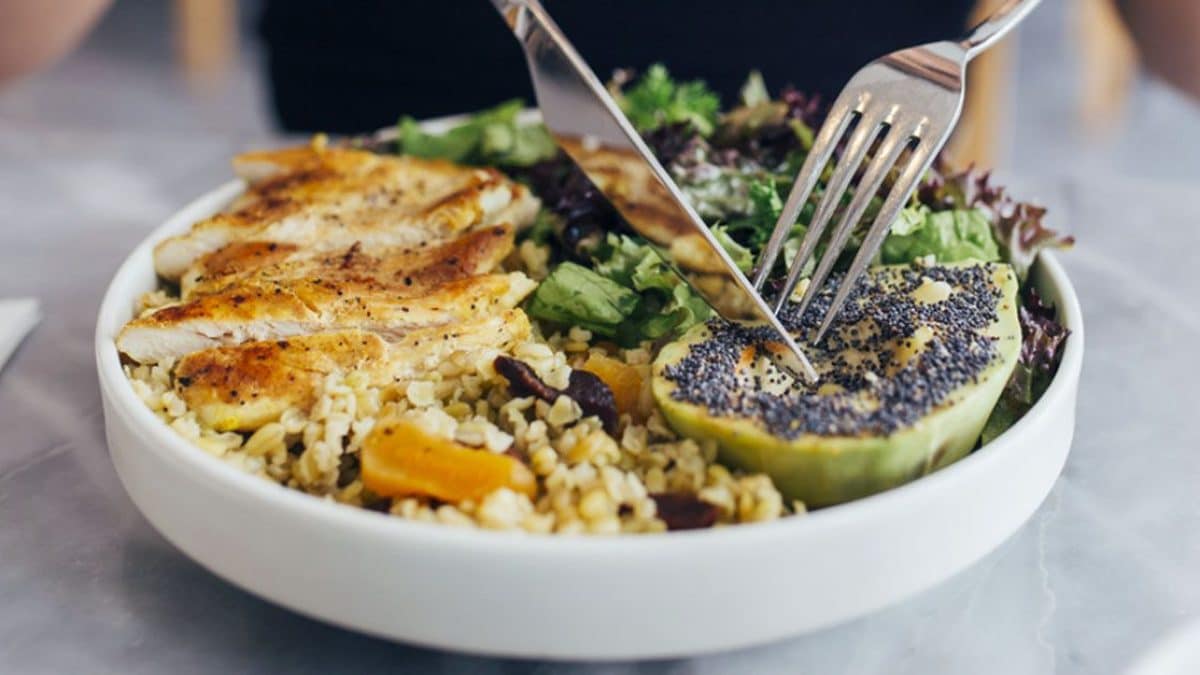What Is The Ideal Portion Size For Each Food Group?
Portion sizing is an important part of healthy eating. But, if you are tired of consantly having to guess the right right portion sizes for your meals, then you are in the right place. Read ahead for clarity and guidance on portion sizing, as well as practical tips and insights to help you make informed decisions about your food intake.

Portion sizing goes hand in hand with a balanced diet as moderation is key if you want to achieve your health goals whether that is weight management or just improving your diet. Broaching the subject of portion sizing doesn’t have to be daunting, all you need to do is make sure to incorporate a variety of foods, including vegetables, fruits, whole grains, lean proteins, and healthy fats, into your daily meals.
Below is a guideline to achieving ideal portion sizes with your meals but remember that it is not a strict recommendation. The following recommended serving sizes of different food groups will help you make an informed choice to achieve a balanced diet. This guide is based on a 2,000-calorie diet and are tailored to meet individual needs based on age, activity level, and weight goals.
Grains

You should consume six (6) servings of grains per day. Some examples of one serving of grains are:
- One slice bread
- One small tortilla
- 1 cup ready-to-eat cereal flakes
- 1 ounce (⅛ cup) uncooked pasta or rice
- ½ cup cooked rice, pasta or cereal
- 3 cups popped popcorn
Protein Foods

Recommendation: consume five and a half-ounce (5 ½-ounce) equivalents of protein per day. This could be:
- 5 ounces per week of nuts, seeds, beans, peas or lentils
- 6 to 8 ounces per week of seafood, preferably oily fish such as salmon, mackerel, cobia, striped bass, herring or sardines
- Examples of one ounce protein equivalents:
- 1/4 cup cooked beans, peas or lentils
- 1/4 cup or 2 ounces tofu
- 1/2 ounce nuts or seeds or 1 tablespoon peanut butter
- 1 ounce cooked seafood, meat or poultry
- One egg or two egg whites
Vegetables

Recommendation: Two and a half (2 1/2) servings of vegetables per day.
Examples of one vegetable serving:
- 2 cups raw leafy salad greens
- 1 cup cut-up vegetables
- 1 cup 100% vegetable juice, low-sodium or no-salt-added
Fruits

Recommendation: Two (2) servings of fruit per day
Examples of one fruit serving:
- One medium whole fruit
- 1 cup cut-up fruit
- 1 cup 100% fruit juice
- ½ cup dried fruit
Dairy

Recommendation: Three (3) servings per day
Examples of one dairy serving:
- 1 cup milk
- 1 cup yogurt
- 1 ounce cheese
Fats and Oil

Recommendation: 3 tablespoons of fat and oil per day (or 9 teaspoons)
Examples of one serving fats and oil:
- 1 tablespoon vegetable oil (canola, corn, olive, soybean, safflower)
- 1 tablespoon soft margarine
- 1 tablespoon low-fat mayonnaise
- 1 tablespoon light salad dressing
- 1 Frozen, canned and dried produce can be as nutritious as fresh.
Conclusion
When selecting food, prioritize products with low added sugars and sodium. Opt for vegetables and fruits in natural juices or water, avoiding those in heavy syrup. Drain and rinse canned produce to reduce sodium intake. Be cautious with 100% juice, as it's less filling and may contain extra calories and fewer nutrients than whole fruits and vegetables. Choose fortified nondairy milks without added sugar for added nutritional value.
Keep in mind that serving sizes are guides, not strict recommendations, and encourages mindfulness about portion sizes to avoid "portion distortion," especially when dining out. By following these guidelines and incorporating a variety of foods into their meals, individuals can maintain a healthy and balanced diet to support overall well-being.




